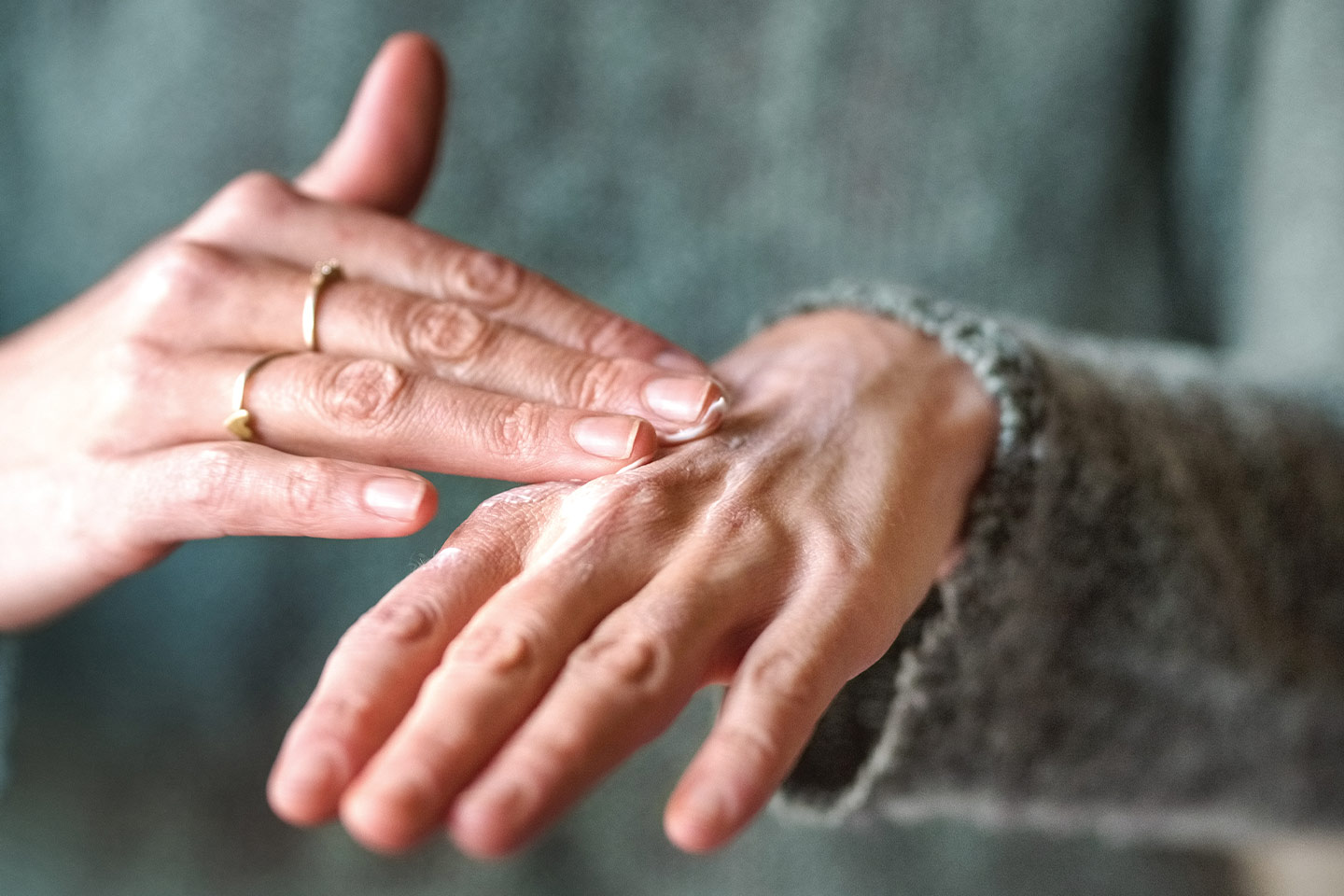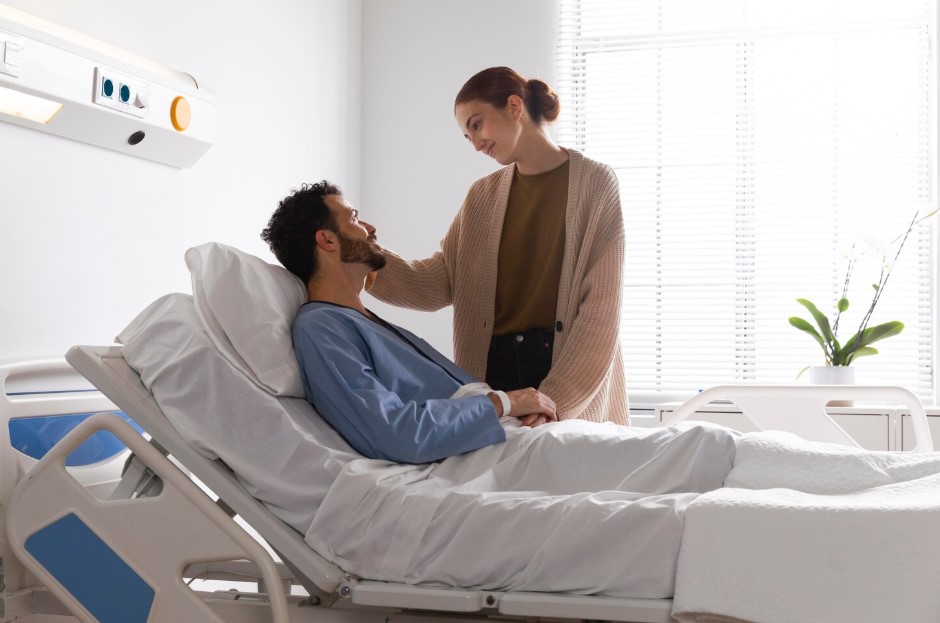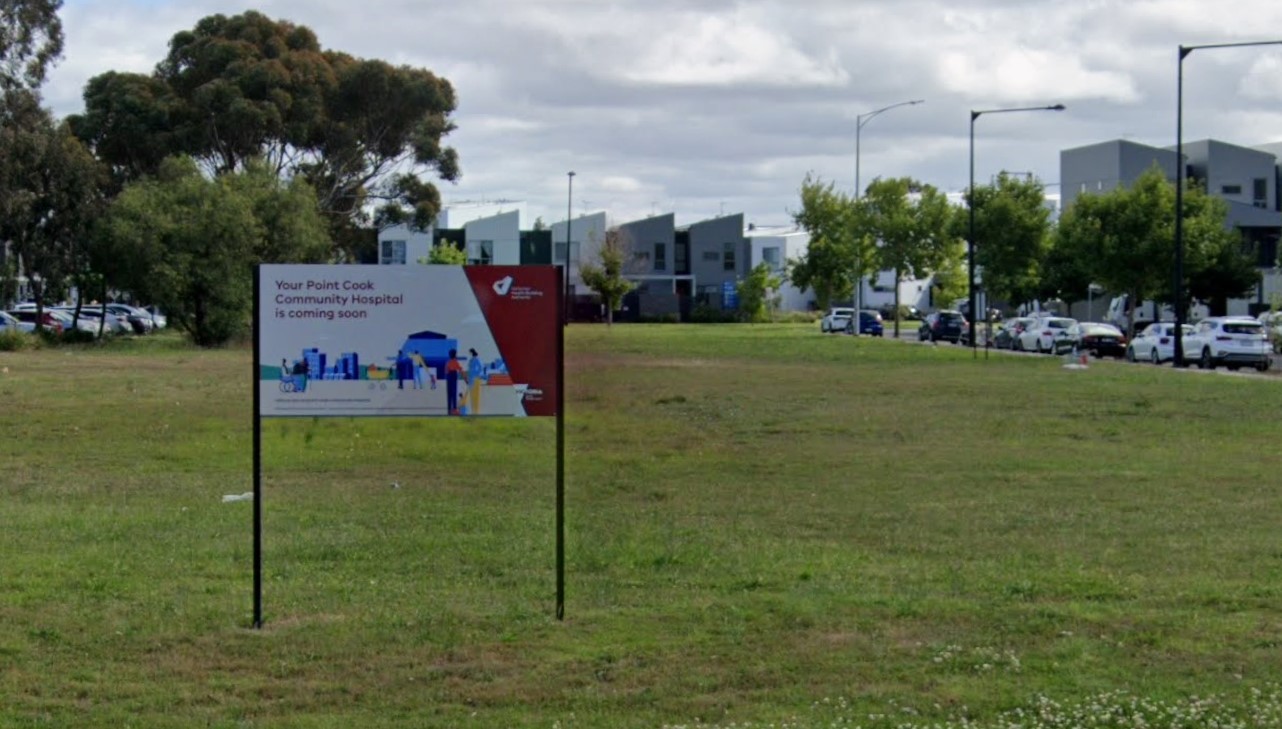21
Mar 2023
5 Skin Conditions and How to Treat Them
Published in General on March 21, 2023

Our skin is constantly exposed to various external and internal factors such as pollution, sun damage, hormonal fluctuations and stress. These factors can cause many skin problems, from freckles and wrinkles to more severe conditions like acne scarring and Hori's macules (Hori's Nevus).
This post will dive into the causes and treatments for five of the most common skin conditions, including Hori's macules, freckles, acne scarring, wrinkles, and solar lentigos. We will discuss the most effective treatments available and provide helpful tips on preventing these skin conditions from occurring in the first place.
- Hori’s macules (Hori’s Nevus)
Hori's macules, also called Hori's Nevus, are small blue-grey or brown spots that can appear on the face, especially around the eyes. Although generally harmless, they can be unsightly and cause self-consciousness. While the exact cause of Hori's macules is not fully understood, it is thought to be related to factors such as sun damage, genetics, and hormonal changes.
- Freckles
Freckles are a common skin condition that many people experience. They often appear as small, flat, and light to dark brown spots on the skin, especially on the face, arms, and shoulders. They are usually harmless and can be charming, giving some people a unique look.
Freckles are caused by the accumulation of melanin, which is the pigment that gives colour to our skin, hair, and eyes. They often appear after sun exposure, as the UV rays stimulate melanin production. Genetics and hormonal changes can also contribute to the development of freckles.
- Acne scarring
Acne scarring is a common skin condition that affects many people who have struggled with different acne types in the past. These scars can appear as small depressions, raised bumps, or discoloured patches on the skin, and can be a source of self-consciousness for many people.
Acne scarring is caused by inflammation and damage to the skin from acne lesions. When the skin is damaged, it may produce too much or too little collagen, leading to the formation of scars. Genetics, skin type, and the severity of acne can also play a role in the development of acne scarring.
- Wrinkles
Wrinkles are a typical sign of ageing that many people experience. They are lines or folds that form on the skin, typically on the face, neck, and hands. Wrinkles can be a source of concern for many people, but they are a natural part of the ageing process.
The primary cause of wrinkles is the skin breakdown of collagen and elastin, which occurs naturally as we age. Exposure to environmental factors such as UV radiation, smoking, and pollution can also contribute to the development of wrinkles. Genetics and lifestyle factors such as diet and exercise can also play a role in the formation of wrinkles.
- Solar lentigos
Solar lentigos, also known as sunspots or age spots, are dark, flat patches that appear on the skin. They are caused by long-term exposure to the sun's ultraviolet (UV) rays, which can cause the skin to produce excess melanin, developing dark patches.
Solar lentigos are most commonly found on areas of the skin that are frequently exposed to the sun, such as the face, hands, and arms. While they are generally harmless, they can be a source of cosmetic concern for some people.
Treatments
- Topical Remedies
Topical remedies can help improve the appearance of these 5 common skin conditions. For example, topical creams containing retinoids or hydroquinone can help reduce the appearance of dark spots and other imperfections, while alpha-hydroxy acids can help exfoliate the skin and reduce the appearance of fine lines and wrinkles. Discussing these options with a dermatologist is important to determine which topical remedies may be most effective for your specific skin concerns.
- Laser Treatments
Laser therapy is a highly effective treatment option for various common skin conditions, including Hori's macules (Hori's Nevus), freckles, acne scarring, wrinkles, and solar lentigos. Using a focused beam of light, lasers can penetrate the skin's surface and stimulate collagen production, reducing the appearance of fine lines, dark spots, and other imperfections.
While laser therapy can be an excellent option for many patients, it's essential to consult with a dermatologist to determine if it's the right treatment option for you. Learn more here about laser treatment options for common skin conditions.
- Medication
Medication can also be an effective treatment option for Hori's macules, freckles, acne scarring, wrinkles, and solar lentigos. For example, prescription-strength retinoids can help improve the appearance of fine lines, wrinkles, and dark spots, while certain antibiotics can help reduce inflammation associated with acne scarring.
It's essential to consult with a dermatologist to determine if medication is the right treatment option for your specific skin concerns, as some medications may have side effects or interact with other medications you may be taking. Click here to learn more about medications available for common skin conditions.
Ultimately, while topical remedies and medications may help with skin pigmentations, laser treatments are safe and the most effective way to combat various skin conditions. In addition, having a consistent and proper skincare routine can help maintain healthy skin and keep skin pigmentation changes at bay. Whether you’re at home, on vacation or having an overnight hospital stay, ensure you have your skin care products and other essential items nearby - you never know when they will come in handy!









